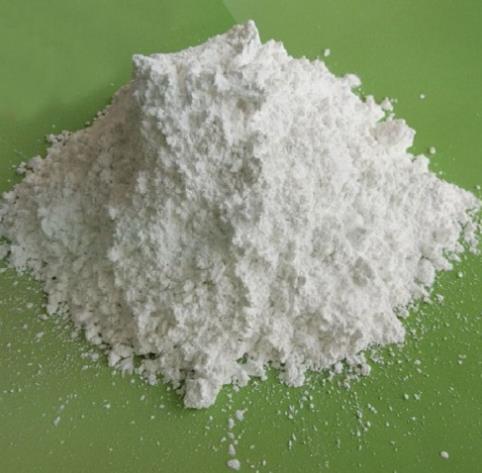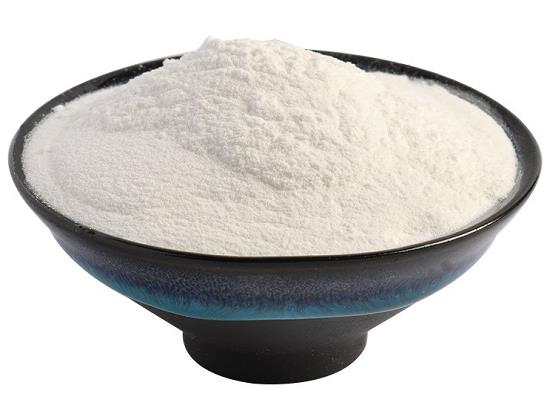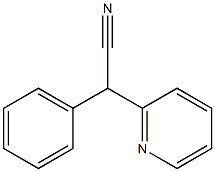Soy Protein Isolate: Composition, Gel Properties and its Preparation Method
Sep 25,2024
General Description
Soy protein isolate is a highly refined protein source derived from soybeans, containing over 90% protein and primarily consisting of 7S and 11S globulins, which account for about 70% of its total protein content. Its gelling properties significantly enhance the texture of vegetarian products like tofu and plant-based meats. The gel characteristics are influenced by the specific ratios and interactions of its protein components. Additionally, the preparation of quaternized soy protein isolate enhances its antibacterial properties and solubility, expanding its applications in industrial fields and tissue engineering while maintaining good biocompatibility.
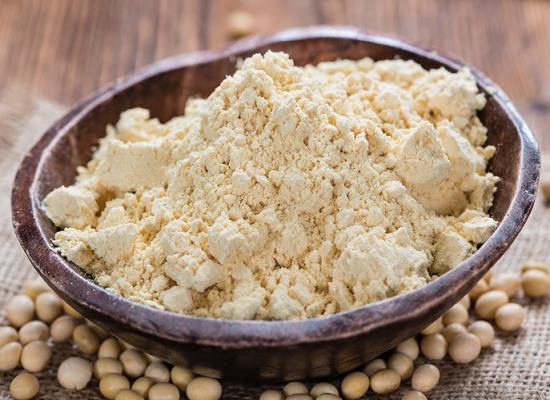
Figure 1. Soy protein isolate
Overview
Soy protein isolate is a highly refined form of soybean protein, with a protein content exceeding 90%. Derived from soybeans, which contain about 40% protein and 20% oil, soy protein isolate is obtained through the removal of oil at lower temperatures. This process results in a protein-rich ingredient used extensively in food processing to enhance food quality, especially in vegetarian products. Soy protein isolate plays a crucial role in creating the viscoelastic texture found in processed vegetarian foods such as tofu and plant-based meat substitutes. Its gelling ability contributes significantly to the texture and mouthfeel of these products, which differ markedly from animal-derived meats. Additionally, soy protein isolate has been noted for its health benefits, including lowering blood lipids and cholesterol, and potentially opposing the development of certain cancers. Cryogenically processed soy protein isolate demonstrates even higher gel capacity and altered density properties, making it suitable for specific product formulations. 1
Composition and Gel Properties
Composition
Soy protein isolate is a highly refined form of soy protein that contains a range of proteins characterized by their sedimentation coefficients, specifically 2S, 7S, 11S, and 15S. The primary components of soy protein isolate are the 7S and 11S globulins, known as β-conglycinin and glycinin, respectively, which together contribute approximately 70% of the total protein content. The 7S globulin is composed of three subunits: α (72 kDa), α' (76 kDa), and β (53 kDa), while the 11S globulin consists of five different subunits that form a hexameric structure, with each acidic polypeptide linked to a specific basic polypeptide through disulfide bonds. This unique composition of soy protein isolate is pivotal in determining its functional properties, particularly its ability to form gels. 1
Gel Properties
The specific ratio and presence of the 7S and 11S components in soy protein isolate significantly influence its gel properties, such as texture and hardness. Research indicates that the removal of certain subunits from soy protein isolate can dramatically affect the final gelling characteristics. For example, the absence of the α' subunit results in a greater hardness in the gel compared to a full 7S subunit composition. Additionally, certain subunits have been shown to impact the structural integrity of the gel network; for instance, the A3B4 subunit in 11S is closely tied to the gel's hardness and overall network development. Understanding the gel formation dynamics of soy protein isolate requires studying these relationships in depth, as the complexities of subunit interactions play a crucial role in the textural outcomes of gel products. 1
Interaction of Composition and Gel Performance
Research has shown that the gelling performance of soy protein isolate is not only determined by the predominant 7S and 11S proteins but also influenced by minor components like the 2S and 15S globulins. Variability in soy protein isolate composition can lead to differing rheological and textural properties in gel formation. For instance, while the 11S content correlates positively with gel hardness, springiness has been found to improve with increased proportions of 7S, indicating that these proteins fulfill distinct roles in gel structure. The fine-tuning of soy protein isolate ratios could, therefore, be essential in optimizing gel characteristics for specific applications, whether in food products like tofu or in other industrial uses. Overall, the intricate balance and interaction among the components of soy protein isolate are key factors that determine both the quality and functionality of gels derived from soy protein. 1
Preparation Method
The preparation method for soy protein isolate involves a specific process to enhance its properties, such as its antibacterial activity. To create quaternized soy protein isolate, a reaction is conducted between 2,3-epoxypropyltrimethylammonium chloride and soy protein isolate. This chemical reaction introduces quaternary ammonium groups to the soy protein isolate, endowing it with positive charges and significantly improving its antibacterial properties. The quaternized soy protein isolate not only exhibits enhanced antibacterial effects against various bacteria but also maintains good biocompatibility and promotes wound healing in rat models. Moreover, this modified soy protein isolate demonstrates superior water solubility across a broad pH range compared to the unmodified soy protein isolate. This preparation method thus expands the utility of soy protein isolate in both industrial applications and tissue engineering, making it a versatile material with enhanced functionality. 2
References:
[1] LI ZHENG. Soy protein isolates: A review of their composition, aggregation, and gelation[J]. Comprehensive Reviews in Food Science and Food Safety, 2022, 21 2: 809-2073. DOI:10.1111/1541-4337.12925.
[2] QI DONG. Antibacterial Soy Protein Isolate Prepared by Quaternization.[J]. ACS Applied Materials & Interfaces, 2022. DOI:10.3390/ijms23169110.
- Related articles
- Related Qustion
Hydrocortisone acetate, a synthetic derivative of the natural steroid hormone hydrocortisone, is widely used in the pharmaceutical and healthcare industries.....
Apr 10,2025Chemical ReagentsAtropine sulfate, an antimuscarinic agent, reduces heart rate and increases respiratory rate, with variable absorption, hepatic metabolism, and potential severe toxicity at high doses.....
Sep 25,2024APISoy protein isolate
9010-10-0You may like
Soy protein isolate manufacturers
- Soy protein isolate
-
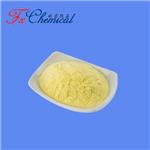
- $0.00 / 25KG
- 2025-04-16
- CAS:9010-10-0
- Min. Order: 25KG
- Purity: 98%min
- Supply Ability: 30tons/month
- Soy protein isolate
-
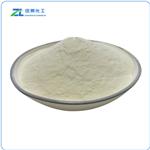
- $46.00/ kg
- 2025-04-15
- CAS:9010-10-0
- Min. Order: 1kg
- Purity: 99%
- Supply Ability: 5000kg/week
- Soy protein isolate
-

- $0.00 / 1kg
- 2025-04-02
- CAS:9010-10-0
- Min. Order: 1kg
- Purity: 99%
- Supply Ability: 20tons




